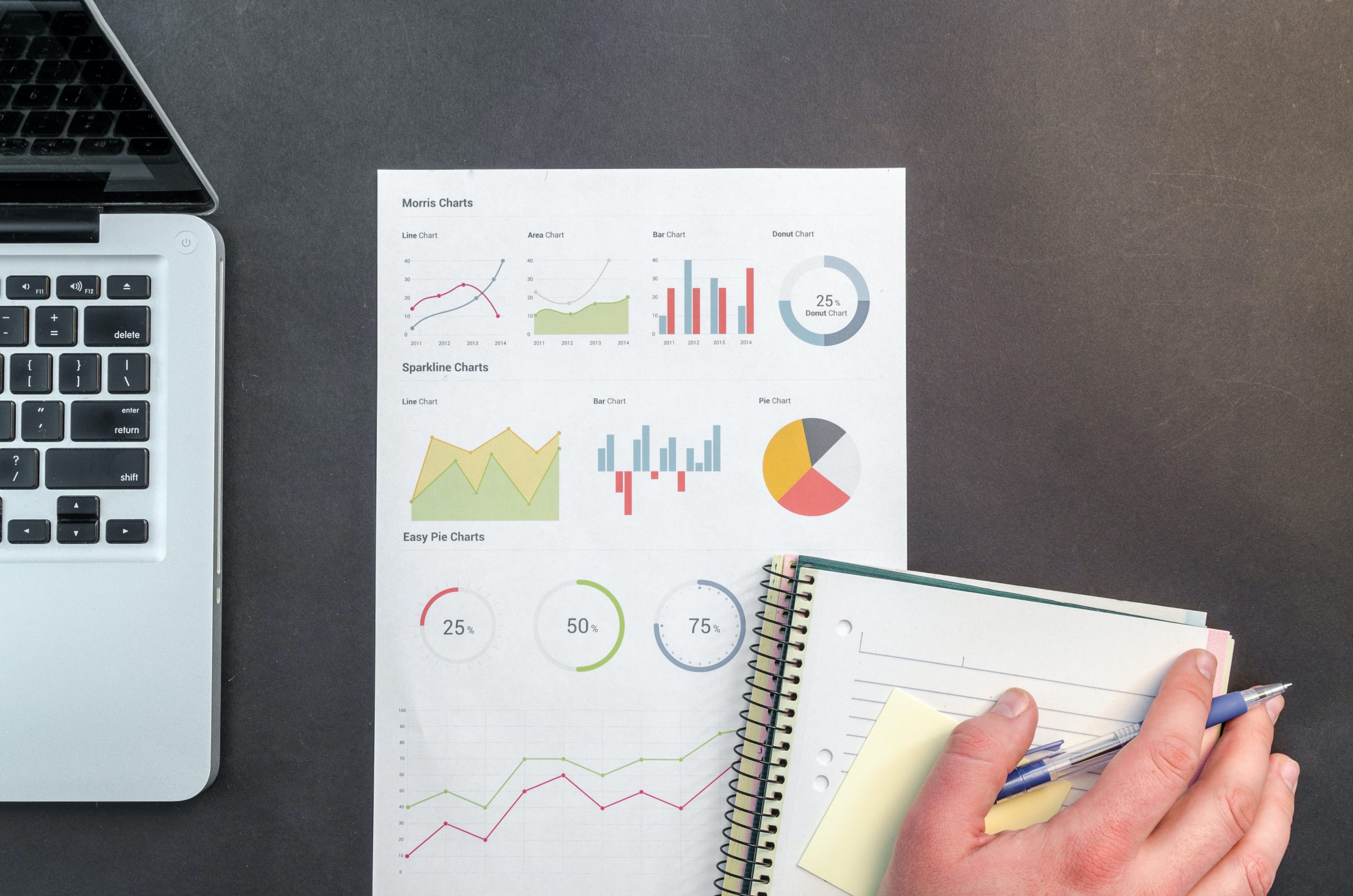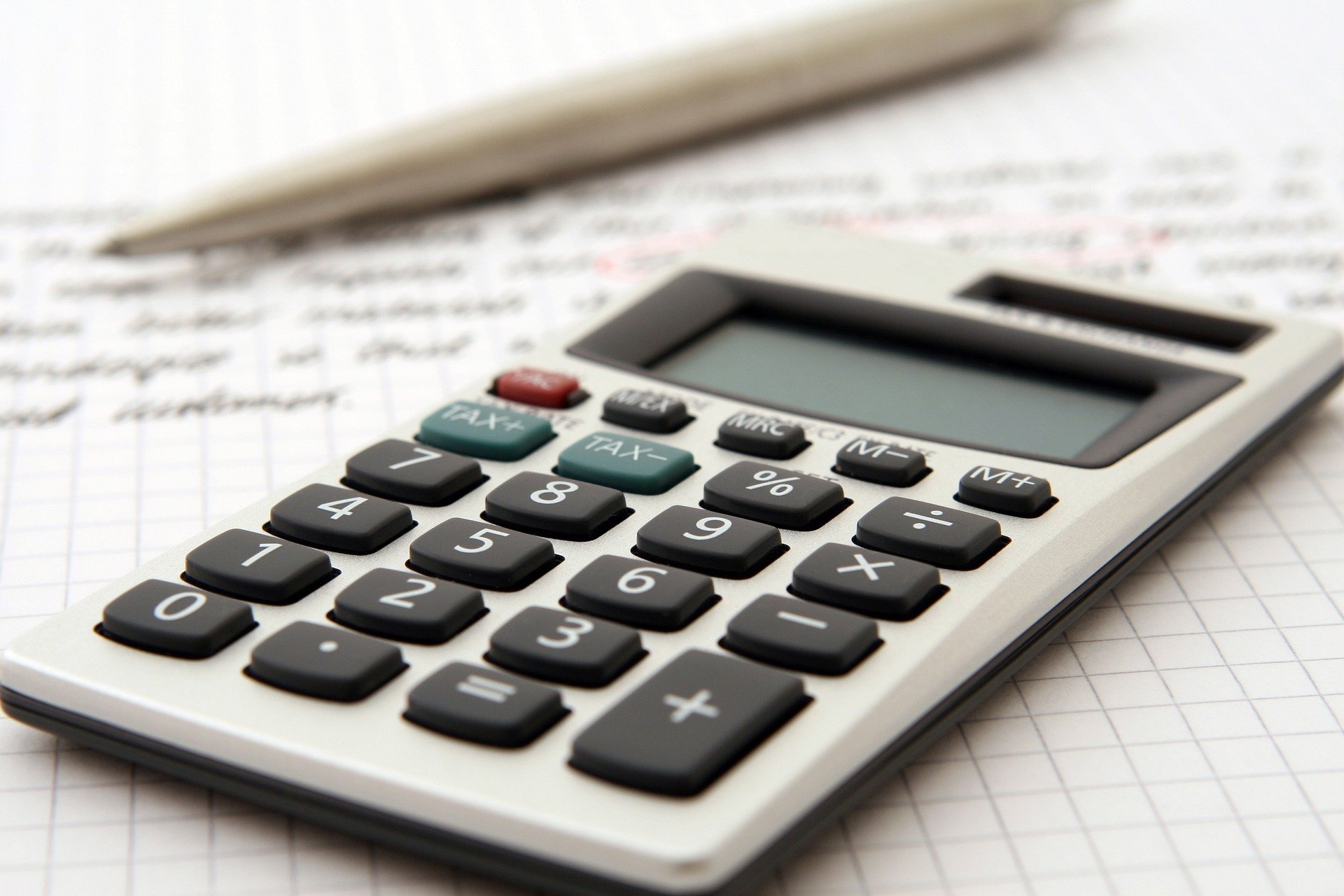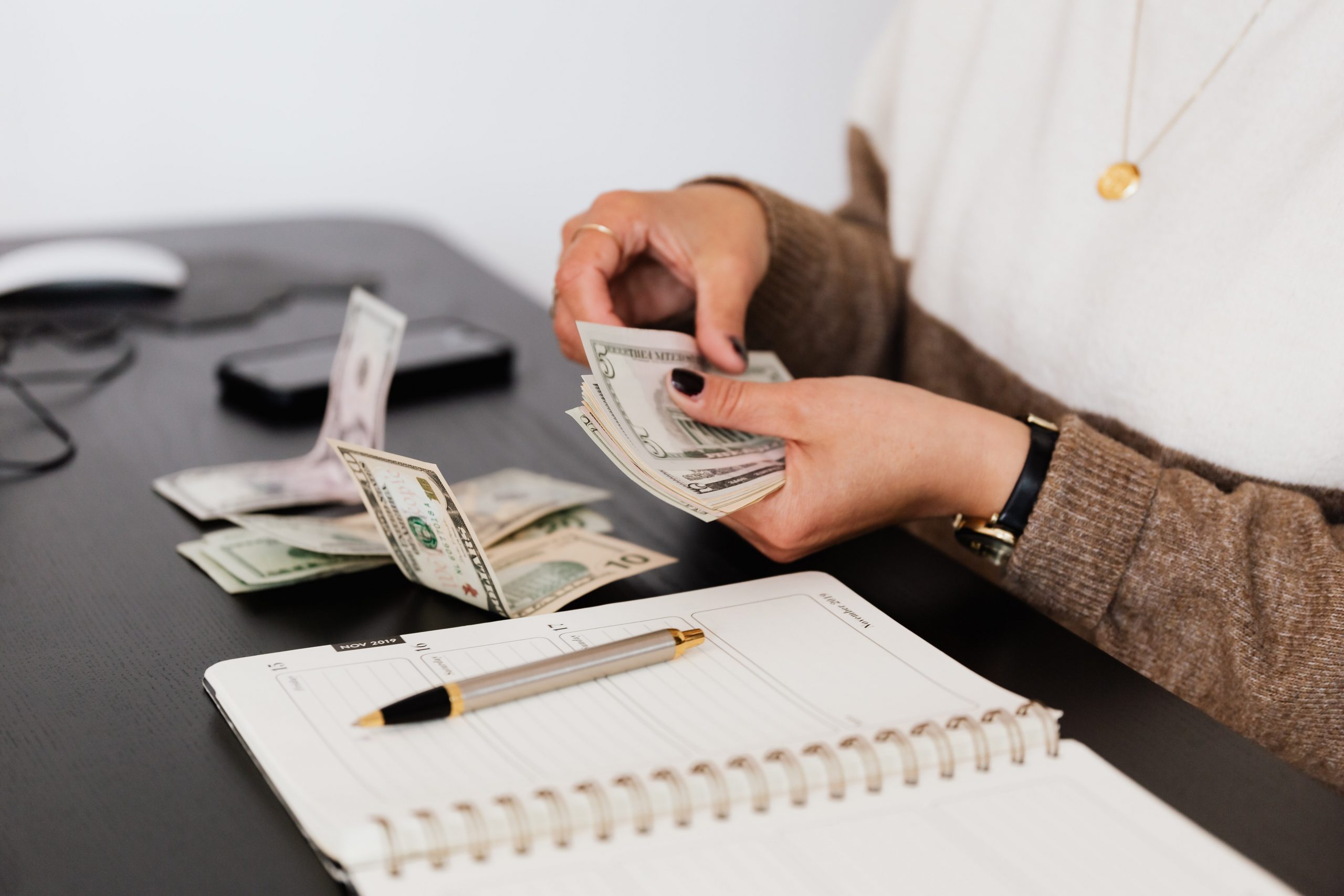How to Calculate Commercial Real Estate ROI


For commercial real estate investors, it’s important to have a way to determine whether a potential investment will be profitable, or if a portfolio has made money. In most cases, calculating your return on investment (ROI) is the easiest way to do this.
But what is commercial real estate ROI and how do you calculate it? Keep reading to learn everything you need to know about this important metric, along with some helpful tips for choosing your next investment.

1. What is Commercial Real Estate ROI?
ROI measures how much money you’ve made on an investment in relation to your costs, represented as a percentage.
A simple formula for calculating ROI is:
((Current Value - Initial Value) / Initial Value) x 100 = ROI
For example, let’s say you buy a property for $200,000 and it eventually increases in value to $300,000. Your ROI would be:
((300,000 - 200,000) / 200,000) x 100 = 50%
The higher the ROI, the better an investment is seen to be.
ROI vs ROE
People often get confused between ROI and ROE. ROE stands for return on equity and refers to the return received on a real estate investment in relation to the equity in the property. It’s calculated by dividing your equity by your annual positive cash flow.

2. How Do You Calculate ROI for Commercial Real Estate?
To start, any piece of real estate has multiple costs associated with it, including:
Purchase price
Principal and interest
Capital improvements
Common area maintenance (CAM).
Property taxes
Property management
Utilities
Insurance
And when it comes to your costs, you’ll need to decide whether you want to count any money you borrow as an expense, or if you only want to include your out of pocket expenses in your calculations.
Finally, there are two ways to measure a property’s gains: appreciation in value and rental income.
As you can see, calculating ROI for commercial real estate is a little more complicated compared to other investments.
With that all being said, here are the most common methods for calculating commercial real estate ROI:
The Cost Method
This is the simplest way to determine your ROI. It’s calculated by dividing your equity in a property by your total costs. Equity refers to the difference between the amount you’ve invested in the property and its market value.
Using this method, ROI is calculated with the following formula:
(Equity / Costs) x 100 = ROI
Example:You buy a property for $200,000 and spend $25,000 renovating it, bringing your total costs to $225,000. Following the renovations, the property is now worth $300,000. This means your equity is $75,000. So, your ROI would be:
(75,000 / 225,000) x 100 = 33.3%
The Out of Pocket Method
With this method, only your out of pocket expenses are considered. Any money you borrowed from a lender to purchase the property isn’t taken into consideration.
Using this method, ROI is calculated with the following formula:
(Equity / Property Value) x 100 = ROI
Note that in this case, equity is calculated using only your out of pocket expenses.
Example:You buy a property for $200,000 and you finance the purchase with debt. Your down payment is $40,000. You also spend $50,000 on renovations, bringing your total out of pocket expenses to $90,000. Following the renovations, the property is now worth $300,000. This means your equity is $210,000. So, your ROI would be:
(210,000 / 300,000) x 100 = 70%
Cap Rate
The capitalization rate (cap rate) will help you determine the rate of return you can expect from a property’s rental income in relation to the total cost of the property. It’s one of the primary ways commercial real estate buyers value potential investments. In order to calculate the cap rate, you’ll first need to figure out the net operating income (NOI). This is done by subtracting the operating expenses and vacancy from the scheduled gross income.
Using this method, ROI is calculated with the following formula:
(NOI / Property Cost) x 100 = ROI
Example:You buy a property for $200,000 and rent it out to a tenant. After the first year, the property generates an NOI of $20,000 through rental income. So, your ROI would be:
(20,000 / 200,000) x 100 = 10%
Cash-On-Cash Return
This method is similar to the cap rate, except that it only takes into account your out of pocket expenses.
Using this method, ROI is calculated with the following formula:
(NOI / Out of Pocket Expenses) x 100 = ROI
Example:You buy a property for $200,000 and you finance the purchase with a loan. Your down payment is $40,000. You also spend $50,000 on renovations, bringing your total out of pocket expenses to $90,000. After the first year, the property generates an NOI of $20,000 through rental income. So, your ROI would be:
(20,000 / 90,000) x 100 = 22.2%

3. What’s a Good ROI for Commercial Real Estate?
This will depend on the investor, as everyone will have their own opinions on what’s a good ROI and what isn’t.
The more risk you’re willing to take on the higher returns you can expect (along with the potential for larger downturns). Whereas if you practice a more conservative strategy you’ll need to temper your expectations.
That being said, most real estate investors expect their assets to appreciate at about the same rate as the S&P 500, which has historically produced average returns of 10% a year. In regards to rental income, a good cap rate is generally seen as anywhere between 4% - 10%.
4. What Else Should You Look at When Investing in a Property?
While ROI is important, it shouldn’t be the only determining factor you use when investing in commercial real estate. Here are a few other things to look at before buying a property:
Location
The location will have a big impact on both the value of your property and the amount of rent you’ll be able to charge.
Real estate markets differ between communities, meaning a property in one area may appreciate faster than property somewhere else. Cap rates also fluctuate, so a good return in one area may be seen as a poor return in another.
Finally, where your property is located will affect the type of tenants you’ll be able to attract. So, make sure your location aligns with the needs of your ideal tenant.
This is why it’s so important to research a market before investing in it.
Condition of the Property
Buildings that are in disrepair will likely need upgrades in order to deliver the type of returns you’re hoping for.
In some cases, a property in less than ideal condition can be an opportunity. You may be able to purchase it at a lower price and invest in renovations to increase the value.
If you’re someone who practices passive commercial real estate investing, the worst-case scenario is you discover something wrong with the property after you buy it and are forced to pay for costly repairs. These types of unexpected expenses will also eat into your ROI.
So, make sure to thoroughly inspect every piece of real estate before making an offer.
Operating Expense Ratio (OER)
Generating a good ROI isn’t just about maximizing your gains. It’s also about minimizing your expenses. This is why you should always have a solid understanding of a property’s operating expenses before investing in it. OER is a great tool for this.
Add up all the operating expenses, including maintenance, insurance, and property taxes (exclude mortgage payments and renovations, as these aren’t considered operating expenses). Then divide the total by your expected rental income.
The lower the OER, the more profitable a property will be.
Internal Rate of Return (IRR)
This is a metric used by investors to measure a property’s profitability. It’s a little more involved than ROI and takes into account your costs, cash flow, and the length of the investment. The formula itself is extremely complicated, so it’s recommended you use a program or spreadsheet to calculate it for you.
The biggest advantage IRR has over ROI is it factors in the length of the investment and the amount of money you’re expected to invest in the property over that time. While ROI tells you the return you can expect right now, IRR tells you what kind of return you can expect five or ten years down the road.
Gross Rent Multiplier (GRM)
This metric is one of the best ways to determine whether a piece of commercial real estate is worth investing in. The GRM shows you how long it will take for the property to pay for itself through its gross rents. Keep in mind, this calculation doesn’t take into account expenses such as insurance, property taxes, and utilities.
To determine the GRM, simply divide the price of the property by its gross annual rents (the total amount paid by tenants before subtracting expenses). Generally speaking, a property with a lower GRM is seen as a better opportunity.
5. Is Commercial Real Estate Profitable?
As with all investment types, profitability will fluctuate from one investment to another and is never guaranteed.
With that in mind, on the whole commercial real estate is seen as a good investment and will usually generate higher returns than residential properties. By using various ROI calculations, and other metrics, a savvy investor should be able to identify the opportunities with the highest profit potential.
6. Get Advice from the Experts
Commercial properties are complicated investments, and properly evaluating them requires someone with experience. If you’re new to real estate investing, or just want some expert advice, consider hiring a commercial real estate broker. They’ll be able to help you every step of the way, from property valuations and calculating ROI to inspections and negotiations.

Thank You!
We will contact you as soon as possible.
Be the First One to Know about the
Off-Market Opportunities
Sign up to receive real estate insights and tips direct to your inbox and get exclusive access to investment opportunities.